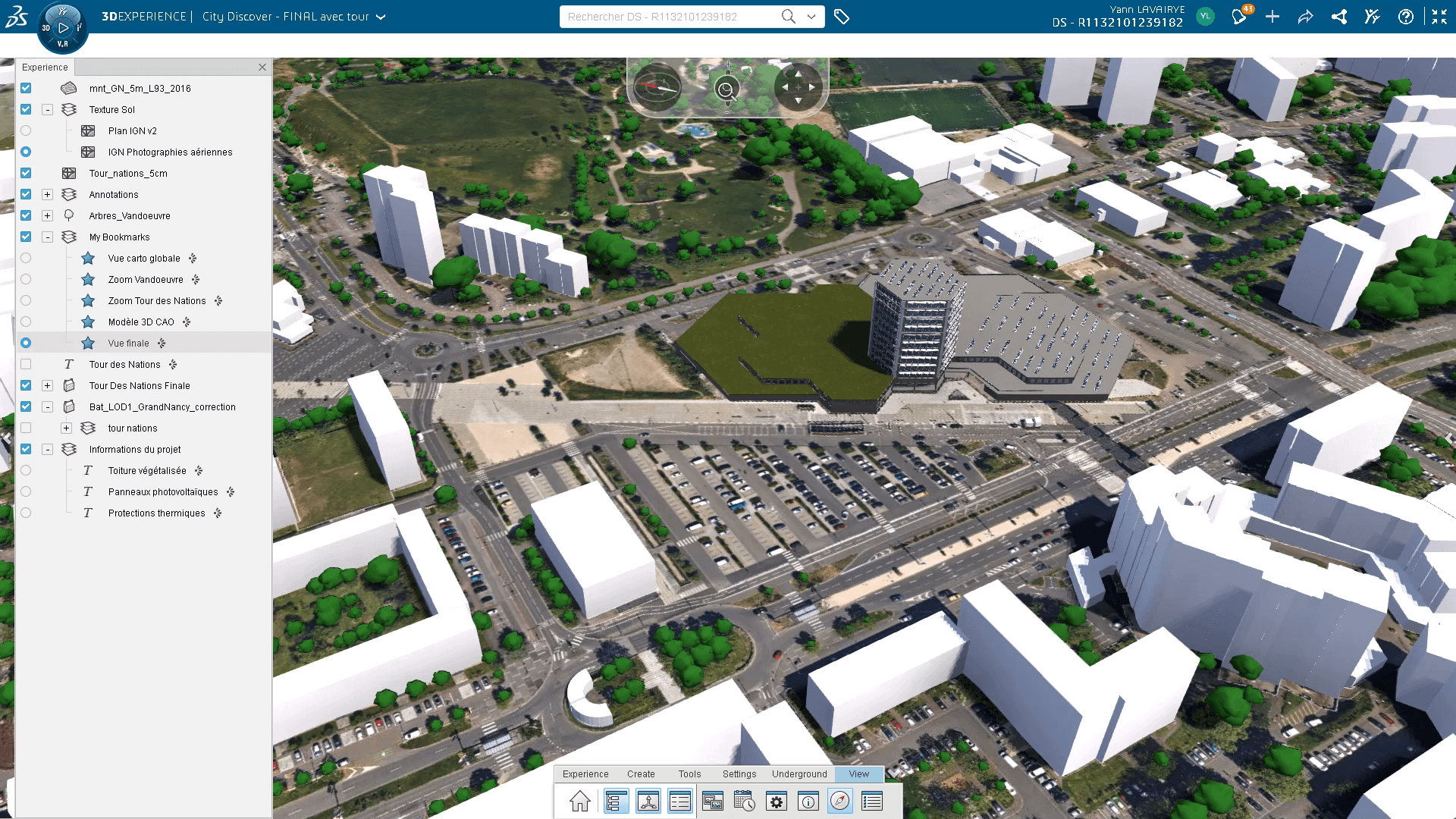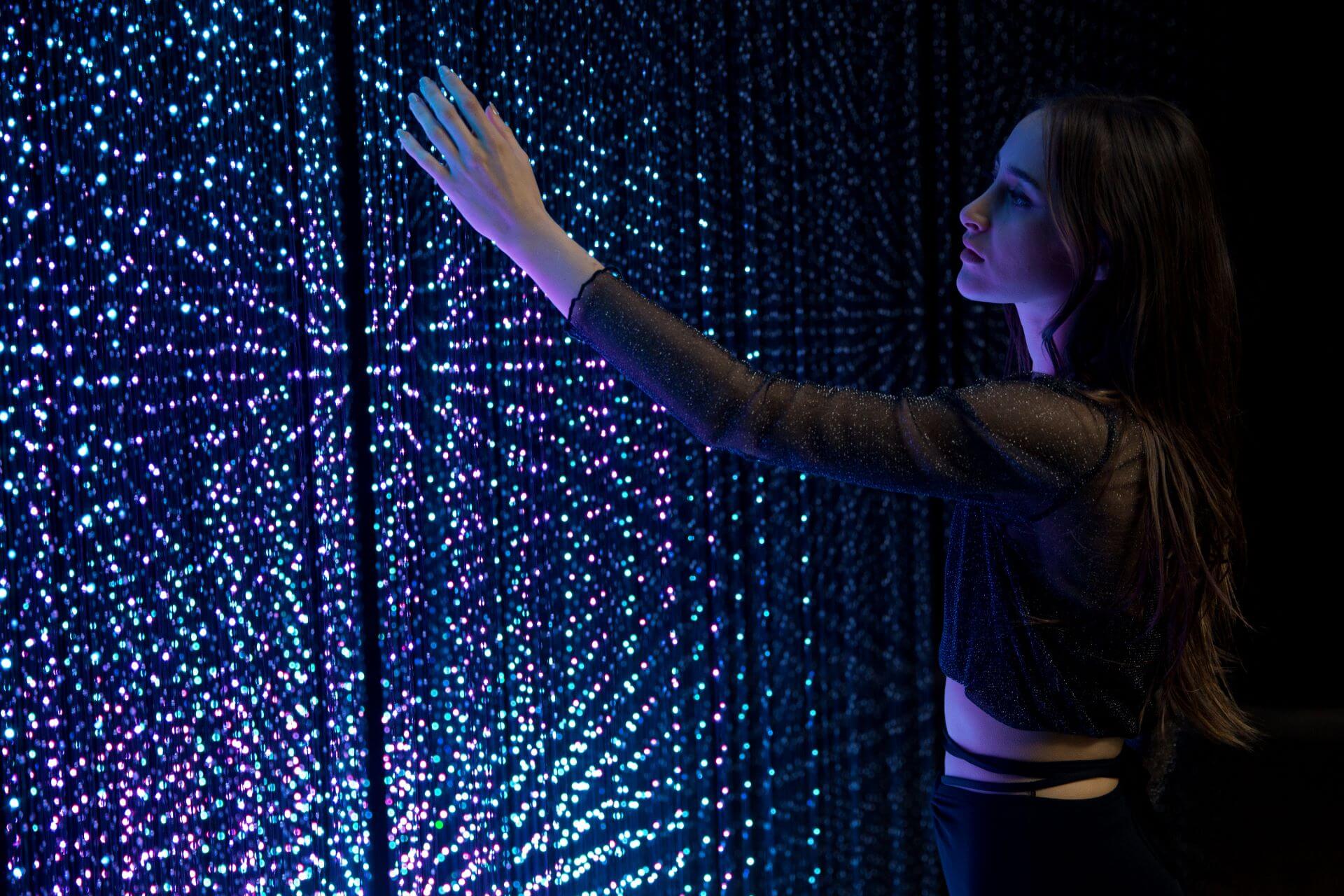Virtual Twins, Digital Twins and the Metaverse
What is the difference between a digital twin and a virtual twin?
Digital twins are simply a digital form of an object; its virtual version. However, virtual twin experiences, which are what we at Dassault Systèmes provide to everyone from our largest clients in traditional industries to healthcare researchers to individuals redesigning their homes, are much more powerful than digital twins. Virtual twins provide the ability to 3D model everything around you, and then test and simulate to ensure your model is perfected.
This is the core of what we do at the 3DEXPERIENCE Company: create virtual worlds that help customers think of real world solutions to some of humanity's biggest challenges. The same cannot be said of digital twins, because those are simply digital representations of a real-world entities or systems, in the form of a software object or a model that mirrors:
- a unique physical object,
- a process,
- an organization,
- a person,
- or another abstraction.
Virtual twins are the future because they go much further than digital twins. Digital twins, contrary to virtual twins, do not offer integrated end-to-end systems to accelerate collaboration. With virtual twins, people can:
- design,
- simulate,
- produce for market,
- and analyze data.
Virtual Twin Technology in Manufacturing
Let us explain what we mean about the power of virtual twins over digital twins with an example. Imagine you are a car manufacturer that wants to produce a new design for market. You can start your use of virtual twin technology to design your car. Once that’s done, you can simulate to check how resistant your design is to external elements, such as testing how the car would hold up under a crash in snow in order to determine if you need better quality braking mechanisms that meet safety standards.
Once your design is ready to move into the manufacturing process, you can use a virtual twin to investigate how different suppliers impact the overall carbon emissions levels of your end product and how your supply chain will be impacted by your choice.
Lastly, you can make sure that data sources from your factories are aligned across the board at every stage of the process, all while collaborating with your colleagues and stakeholders. All of this is done through a single, integrated platform. A platform that does not require you to change from your design system to your data management system to your simulation system during the development and manufacturing processes.
Another major differentiator of a virtual twin is that it establishes a continuous feedback loop, with data coming in from the product or process in its real-world usage. Teams can analyze this data, run additional tests and make changes to create constant improvement and to prevent unexpected downtime.
Virtual vehicle innovation showroom
Learn how virtual twins can accelerate the development of sustainable vehicles
Virtual Twin Technology in the Healthcare Industry
Here's another example that will explain how virtual twins go above and beyond the promise of digital twins, this time in the life sciences and healthcare industry.
At CES 2022, we let the audience “meet” their virtual twin – a way to show people that their exact replicas could be digitally created based entirely on science and data. Using a virtual twin of the human body, your doctor could simulate what impact medicine could have on your brain should you ever have Alzheimer’s, for example.
Additionally, we showed that we can create a personalized view of each person’s unique heart, and how combining real world data from similar hearts and virtual twin technology can help predict your likelihood of developing heart disease. We can also simulate the impact of certain drugs on the cells in an individual’s heart using its virtual twin – something the more simple digital twin technology could never do!
Meet your virtual twin
Participate in a virtual reality experience
that highlights the 3D anatomy of the brain and the heart.
The transformative promise of Virtual Twins
These are just two organs of the human body. We’re only just getting started, and the possibilities are endless to transform both the organic and inorganic worlds. The ability to simulate and test using a constant stream of real-world data is the unique power of virtual twin technology, something a digital twin is simply not capable of.
A digital twin is just an attractive image of whatever it is you and your teams are working on. But a virtual twin has every single aspect of your project tied together in a single platform. So you don’t just see a digital representation; you can take action by tracking and responding to all of your project’s requirements in one space. Pretty neat, eh?
Dassault Systèmes always aims for technical excellence. Convinced that the only progress is human, we put people and their experience at the heart of our research and development processes. This means that when we upgrade our systems, we do so across systems; unusual for a tech company.
Thus, your CAD, simulation and data management systems won’t have to be verified for compatibility. When a customer decides to work with us, they do not have to pay ongoing costs for system connectors between their data management, CAD and simulation systems.
Because digital twin has information fed into it from different sources, it is not clear which source is correct, which digital ‘image’ the most accurate. When using the 3DEXPERIENCE platform, these questions simply do not arise at all.
What is the Difference between the Metaverse and Virtual Twin Technology?
We’ve been asked a lot about what the metaverse is and how it compares to a virtual twin. The metaverse creates a second form of yourself; an avatar that can have social interactions in a parallel, digital world. This is well suited to the gaming industry since it leverages immersive augmented reality and virtual reality technologies.
As things currently stand, the metaverse is largely hype, searching for concrete grounding. It’s not yet clear what purpose or applications that metaverse will serve, or how it will be navigated. However, we at Dassault Systèmes have over 40 years of experience with creating virtual worlds and helping our customers work in this universe to improve what they create and how it’s created.
Our track record creating and applying virtual twins proves that our objectives go beyond simple digital representations of objects, people or processes. We work every day to make sure that everyone, both professionally and personally, has access to collaborative virtual spaces. Whether it’s manufacturers developing smarter products that improve daily life, urban planners transforming cities to be greener, or doctors improving medical treatments, our virtual twins are empowering innovation all around you.

